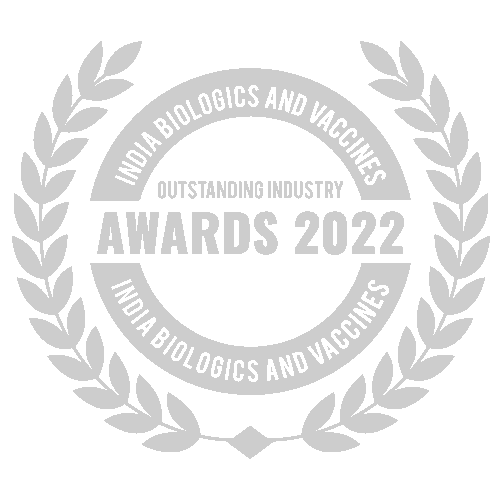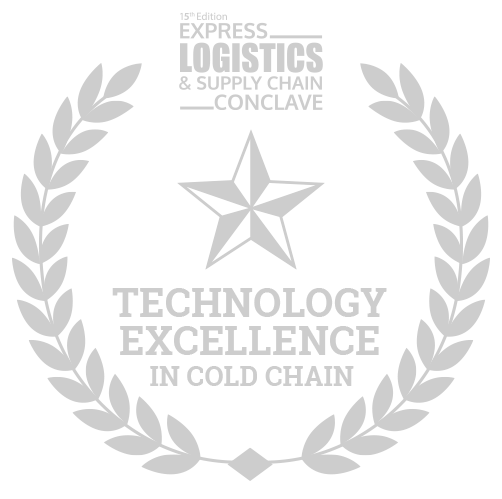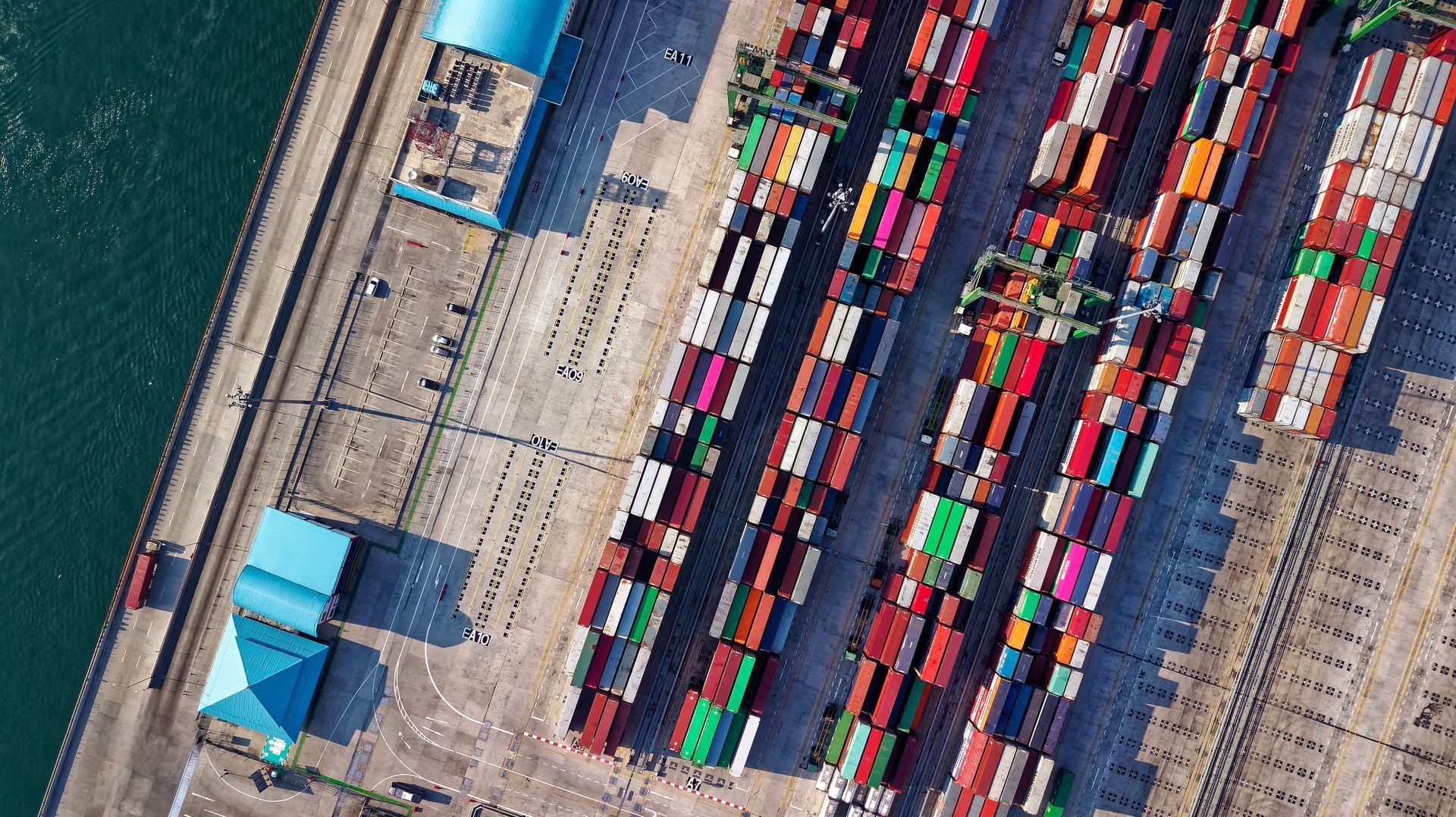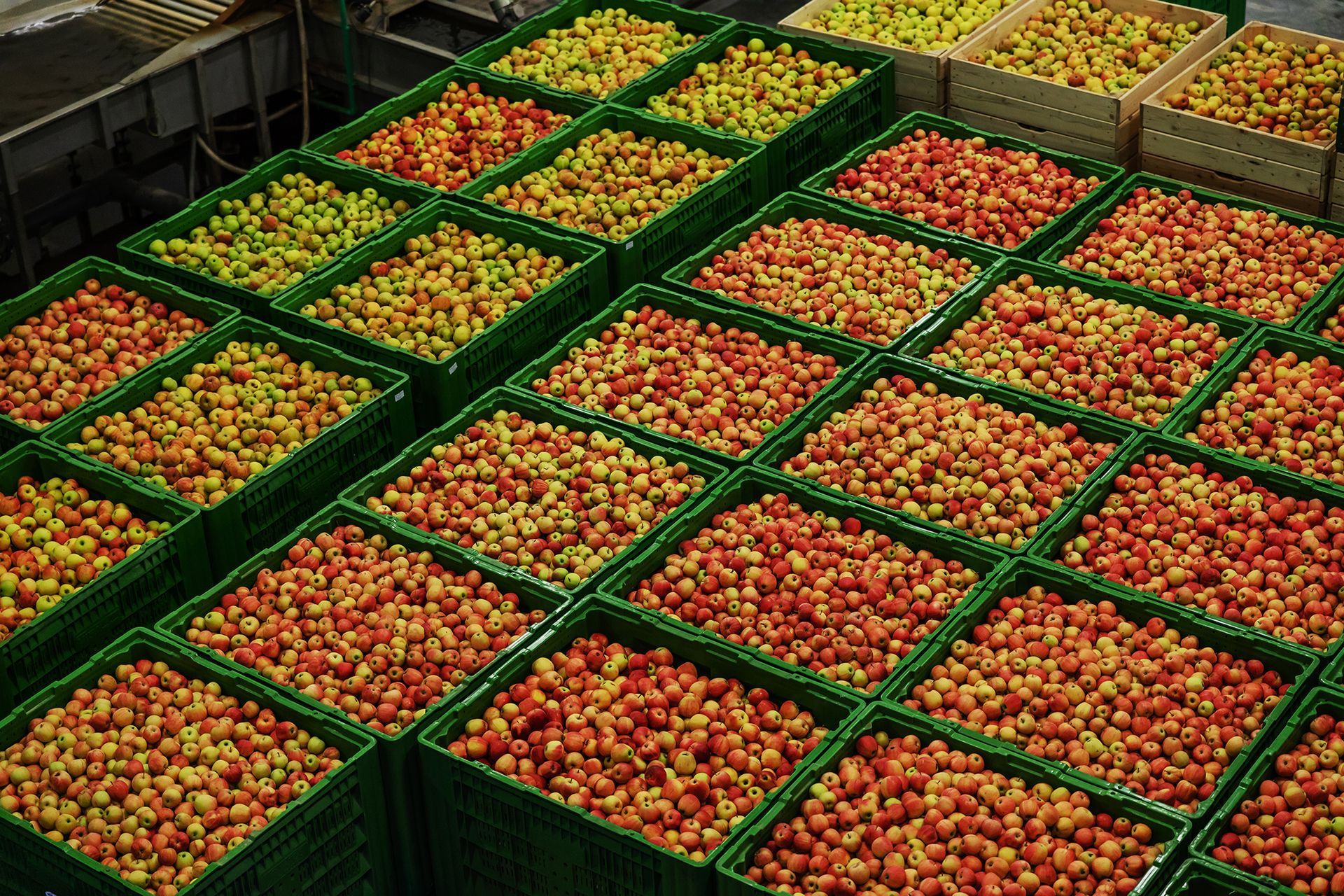The Importance Of Monitoring High-Value Perishable Goods
Due to the strenuous process involved in producing perishable goods such as meat, poultry and seafood, such assets have become high-value shipments.

The global perishable food and beverages industry faces continual operational challenges due to complex supply chains. As the demand for fresh produce grows at a rapid scale, the transportation and storage of perishable goods must also be addressed to ensure food equity and quality is achieved. The industry is one of the largest markets, with the global meat market equalling to USD $1.23 billion in 2019. This industry deals with high-value shipments that require a complex supply chain in order to transport and store the perishable goods effectively. For the perishable food industry dealing with these high-value shipments, it is important to provide quality and equitable produces globally.
Due to the strenuous process involved in the supply chain of perishable goods such as meat, poultry and seafood, such products have become high-value shipments. Their viability, status and associated information is important to the global economy because of the large revenue produced. An efficient supply chain for perishable goods shipments yields a multitude of benefits for various stakeholders in the industry. For the industry, it enables a steady and efficient operational process to take place. Furthermore, for the global community it ensures equitable food is attained by all and for the larger economy there is a consistent influx of revenue. A 2019 report by the United Nations found that 25% of the worlds current population struggles to attain “safe, nutritious and sufficient” foods. This number equals to one-fourth of the global population or 2 billion people, highlighting the immediate need for change. Aside from the social health implications, challenges experienced during the supply chain has led to 14% of all food wasted occurring between harvest and retail as found by a study released by the Food and Agriculture Organisation in 2019.
Further research conducted by Hammond et al for the Bioscience Journal has found that in America alone, 40% of fresh produce is lost from “farm, to fork to landfill”. Alarmingly, mentioned this issue is ever so prevalent in western countries as well despite access to innovative asset tracking and monitoring solutions. Evidently the supply chain can be complex and difficult to efficiently manage for the industry highlighting the need for asset tracking solutions to improve supply chain visibility.
The need to utilise asset monitoring solutions to address issues within the perishable food and beverages industry is vital. Globally we consume 350 million tonnes of meat and 154 million tonnes of seafood every year according to The World Counts & EU Sciences Hub. As our global appetite grows so does the need for greater supply chain visibility. Increasing health trends towards the purchase of ‘fresh’ and ‘farm grown’ has meant that perishable goods has grown exponentially. Common challenges experienced includes temperature excursions, food wastage and a lack of supply chain visibility highlighting the need for innovative solutions to these challenges.
Considering the value of meat, poultry and seafood to the global community and economy, reliable asset monitoring solutions must be implemented to rectify this issue. An article by HealthFacts 2018 explains that both meat and seafood must be stored at a consistent temperature of 4 degrees Celsius to reduce bacteria forming and to preserve the longevity of the produce for consumption. Furthermore, 31 different types of food-borne diseases such as salmonella and E.coli originate from the consumption of rotten seafood and meat due to overheating, as studied by WHO in 2019. Naturally, the packaging, structure of storage and environment in which the perishable goods are placed in is important. However, while all of these may be done accurately, consistent and reliable monitoring of conditions remains necessary to ensure greater supply chain visibility.
The internet of things has paved the way forward for innovative solutions to be created. Most notably, IoT connectivity has led to asset tracking solutions to become widely utilised. Due the IoT technology being utilised, the device can easily collate data from the moving assets and relay the information back to companies. This revolutionary supply chain visibility attained has enabled companies to cut back costs associated with manual asset monitoring checks and comply with stringent regulations in place. Data gathered from asset monitoring devices provides informative insights into the company’s operational processes, thus improving supply chain intelligence. For the perishable food and beverages industry the implementation of asset monitoring solutions is necessary to achieve increased supply chain visibility.
Adapt Ideations’ temperature monitoring system PIXEL offers a viable solution for the perishable food and beverages industry and the challenges affecting their operations. The temperature monitoring system effectively monitors the temperature of perishable goods such as meat, seafood and poultry during cold chain storage. The temperature monitoring system monitors temperature between -25°C to 60°C and sends near real-time alerts if deviations from set parameters occur. The solution enhances the transparency within the perishable food and beverages industry greatly and encourages greater supply chain intelligence and data to be gathered.
Furthermore, Adapt Ideations also provides passive asset tracking solutions to the perishable food and beverages industry through our PROTON Suite of Devices. The solution enables the collection of vital data to be later analysed once a trip is complete. The devices allow data to be collected enabling temperature fluctuations and other key metrics to be identified. The range of solutions empower the perishable food and beverages industry to collect vital data on their consignments during transport and caters to a number of use cases within the cold chain sector.
Contact us today at enquiries@adaptideations.com to enquire further about our solutions and how they can every day asset management functions.
Share Our Post.
Awards & Recognition

Best Temperature Monitoring Solution Provider
Awarded by India Biologics & Vaccines Outstanding Industry Awards 2022

Adapt Ideations Recognised As A Supply Chain Leader
by Alcott Global on Supplify's Supply Chain Tech Map 2.0

Related Articles.










